How to Make a Maple Shallot Vinaigrette Recipe
If you want to add a burst of flavor to your salads or roasted vegetables, this maple shallot vinaigrette is the perfect solution. It’s a delightful combination of sweet and savory, blending rich maple syrup with the mild sharpness of finely chopped shallots. The result is a versatile dressing that strikes the ideal balance between sweet, tangy, and a touch of earthy spice.
The magic of this vinaigrette lies in its simplicity. With just a handful of ingredients—including Dijon mustard, red wine vinegar, and extra virgin olive oil—this dressing comes together in minutes yet tastes like something far more complex. The maple syrup adds a natural sweetness that complements the shallots’ subtle bite. At the same time, the Dijon mustard gives it a creamy, emulsified texture that clings beautifully to greens or grain salads.
Whether drizzled over a mixed greens salad, tossed with roasted vegetables, or used as a marinade for grilled meats, this maple shallot vinaigrette will elevate your dishes with its bold yet balanced flavor. It’s a perfect recipe to keep in your repertoire for a quick, elegant, delicious, homemade dressing.
Vinaigrette
Vinaigrette, a classic dressing made from the harmonious blend of oil, vinegar, and seasonings, has been a culinary staple for centuries. Its versatility and simplicity make it a favorite among chefs and home cooks. The basic formula consists of three parts oil to one part vinegar, whisked together with salt, pepper, and often other flavorings like mustard, garlic, herbs, or shallots.
The oil in the vinaigrette serves as the primary emulsifier, binding the vinegar and other ingredients together into a cohesive mixture. Extra virgin olive oil is commonly used for its robust flavor, but other oils like walnut, avocado, or grapeseed can also impart different nuances to the dressing. Vinegars range from the tangy bite of red or white wine vinegar to the sweetness of balsamic or the mellow acidity of cider vinegar, offering a spectrum of flavors.
Maple Syrup
This recipe calls for using real maple syrup, but of course, you can use the commercial stuff most of us put on our kid’s pancakes, mostly sugar. The difference between real maple syrup and imitation brands is huge. If you can spend a couple of extra dollars, it’s worth trying the real thing, especially when using it in such a limited quantity as in this recipe.
Maple syrup, a cherished sweetener with roots deep in North American history, is more than just a topping for pancakes and waffles. Derived from the sap of sugar maple trees, this amber elixir carries the essence of the forests where it’s sourced.
The process of making maple syrup is a testament to both tradition and craftsmanship. Starting in late winter, when the temperatures fluctuate between freezing at night and thawing during the day, skilled artisans tap the trees, collecting the clear sap that flows within. This sap is then boiled down, often in large cauldrons over open fires or in modern evaporators, until the water content decreases and the sugars caramelize, resulting in rich, flavorful syrup.
From its humble origins in the forests of North America to its status as a global delicacy, maple syrup remains a beloved staple; its versatility and rich flavor profile continue to captivate taste buds worldwide.
Balsamic Vinegar
Balsamic vinegar is a dark, flavorful vinegar from Italy. It is made from the concentrated juice of Trebbiano and Lambrusco grapes, or “must.” The must is aged slowly and meticulously, resulting in a rich, complex vinegar with a sweet and tangy flavor. Authentic traditional balsamic vinegar is produced in specific regions of Italy, such as Modena and Reggio Emilia, and it undergoes a lengthy aging process, often for a minimum of 12 years and up to several decades.
It’s important to note that there is a distinction between traditional balsamic vinegar and commercial balsamic vinegar. Traditional balsamic vinegar is highly prized and tends to be more expensive due to the labor-intensive and lengthy aging process. While widely available and suitable for various culinary uses, commercial balsamic vinegars may have a different depth of flavor and complexity than their traditional counterparts.
Check out my recipe for a Basic Mustard Vinaigrette and Red Wine Shallot Sauce Recipe
Maple Shallot Vinaigrette
Ingredients
- 1 teaspoon olive oil
- 1 small shallot minced
- 3 tablespoons maple syrup get the real stuff
- 3 tablespoons balsamic vinegar
- ½ teaspoon Dijon mustard
- salt & freshly ground pepper to taste
- ¼ cup canola oil
Instructions
- Start by heating the olive oil in a small saucepan over medium heat until hot. Sauté the shallot until soft and translucent, about 1 minute.
- Remove the shallots to your favorite bowl for making salad dressing. Some like using a shallow cereal bowl; I like using a recycled jar with a lid that I can store the extra dressing.
- Add the maple syrup, balsamic vinegar, mustard and just a pinch of salt and pepper. We will adjust seasonings at the end.
- Now comes the critical step of adding the canola oil to the bowl. You want to add the oil slowly and in a steady stream while you are either whisking with a small whisk or mixing with a fork but don't stop blending.This will help emulsify the oil and the vinegar, two substances that don't like to stay mixed together. The mustard also helps by acting as an emulsifying agent. When you are done adding the oil to the dressing, let it sit for a bit to meld flavors.
- You can serve right away, but you may find the dressing even better in a few hours or even the next day.

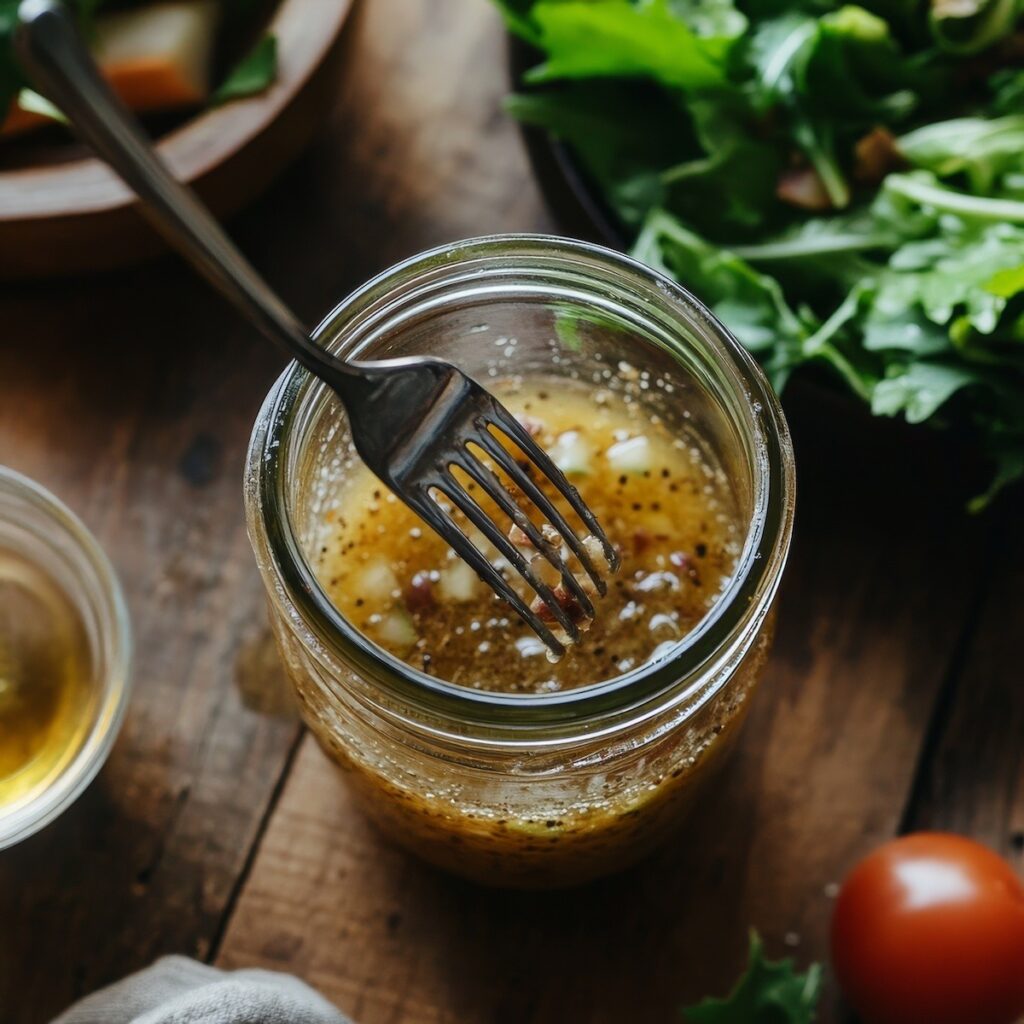




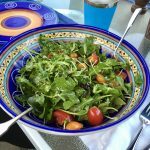
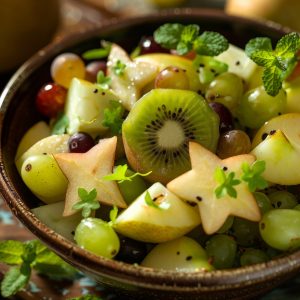
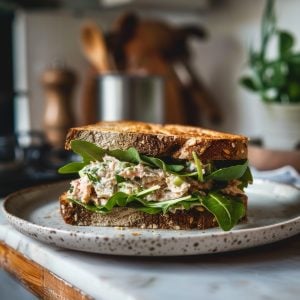
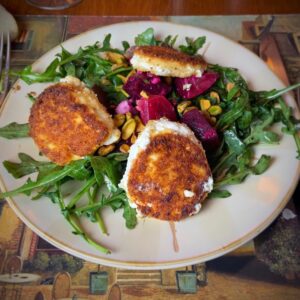
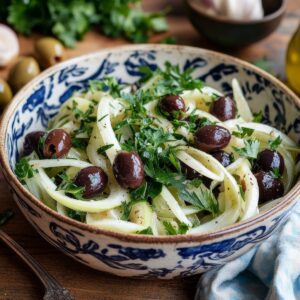
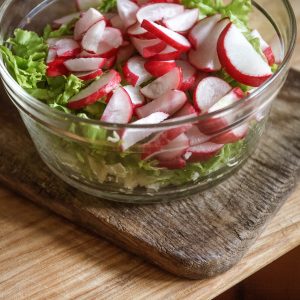
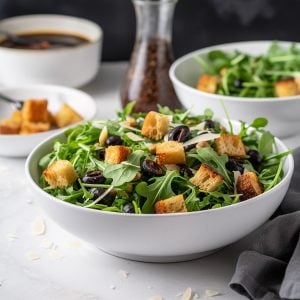
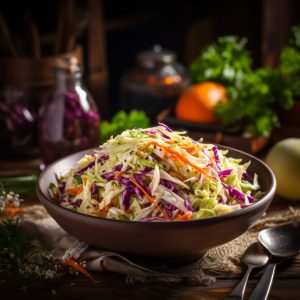
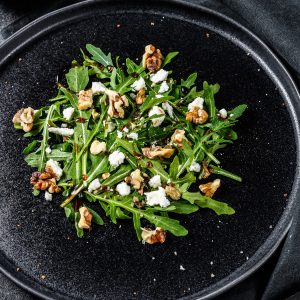


One Response
Do you have any suggestions on how to make this low fat dressing??